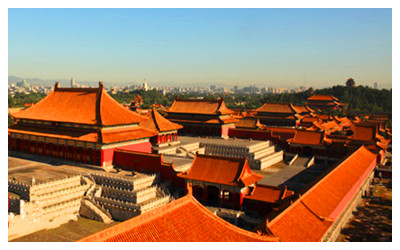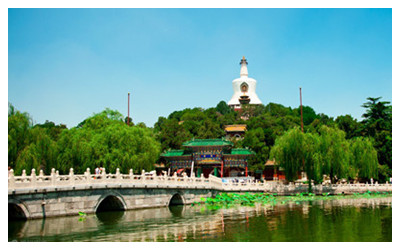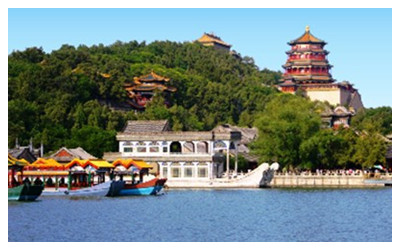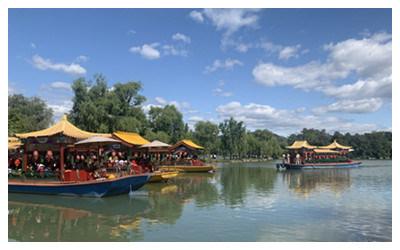Skype: neodalle-travel
Tel: +86 135 7447 2266
E-mail: sales@visitaroundchina.com

Existing imperial gardens include Beijing’s Bei Hai Park, the Summer Palace and the Royal Garden with the Forbidden City, the Imperial Summer Resort in Chengde district, and the Magnificent Clear Lake in Lintong district, Shaanxi Province. These gardens include the examples of gardens within the Forbidden City proper, gardens in the suburb of the imperial city, and gardens for the monarch in retreat. They are fine examples of the imperial garden, with invaluable artistic qualities. Here lists the top existing Imperial Gardens in China.
 No.1: the Forbidden City in Beijing
No.1: the Forbidden City in Beijing
Type: Yuyuan 御园
Add: No.4 Jingshan Front Street,Dongcheng District 65132255
The Forbidden City was originally constructed by the third Emperor of the Ming Dynasty, Emperor Yong Le, where 24 emperors once lived successfully. The palace was built between 1406 and 1420, but was burnt down, rebuilt, sacked and renovated countless times, so most of the architecture you can see today dates from the 1700’s and on wards. The Forbidden City, also known officially as the Imperial Palace Museum, is located in the center of Beijing City, It is near Tianmen Square, Lama Temple, and Hutong. As one of the top attractions in Beijing, it is the must-see place for tourists white they travel in Beijing.
 No.2: Beihai Park in Beijing
No.2: Beihai Park in Beijing
Type: Jin禁园
Address: No.13 Imperial College Stree, Dongcheng District, Beijing
Beihai Park, located in Dongcheng District of Beijing, is an extremely popular attraction among Beijingers and tourists. covering an area of 68.2 hectares, and almost two-thirds of the park is a lake, Beihai Park is used to be the royal garden of the Jin, Yuan, Ming and Qing Emperors. It was completed in 1179, rife with greenery and assorted pavilions, corridors and gardens abound. In summer, Beihai is an ideal place to go to escape from the blazing summer heat. You can paddle around in a bizarre assortment of boats.
 No.3: the Summer Palace in Beijing
No.3: the Summer Palace in Beijing
Type: Jin禁园
Add: Yiheyuan (Summer Palace) Road, Haidian District, in Beijing
The Summer Palace is located in the northwest suburb of Haidian district in Beijing City. Based on Kunming Lake and Longevity Hill.It is also the best-preserved and largest-scale royal garden in China. It is one of China’s four famous gardens. During latter-day period, it was seriously destroyed by wars but restored by people repeatedly. In 1998, thanks to its long history and abundant cultural meaning, beautiful and natural landscapes, and excellent protection and management, it is successfully accepted into the world heritage list by UNESCO.
 No.4: Chengde Mountain Resort in Hebei
No.4: Chengde Mountain Resort in Hebei
Type: Ligong 离宫
Address: No. 20, Lizhengmen Road, Shuangqiao District, Chengde City,Hebei Province
Chengde Mountain Resort ,also called Rehe Temporary Palace, is situated north of Chengde and 230 kilometers from Beijing. It covers an area of 564 sq meters (218 sq miles) and was originally built for the royal families to spend the hot summer months. Chengde Mountain Resort was built in the Qing Dynasty (1644-1911) and it took 89 years (1703-1792) to complete. It was not only the meeting place of the Qing Dynasty government with foreign envoys and frontier ethnic minorities but also the second political center of the Qing dynasty except Beijing. Nowadays, it is a key national cultural protection unit in Hebei Province, and it was listed in the World Cultural Heritage Directory in 1994.
No.5: Huaqing Pool in Xian
 Ask Questions ?
Ask Questions ?